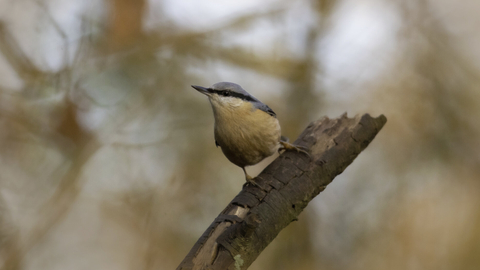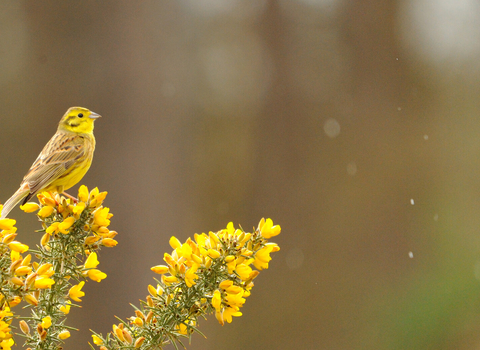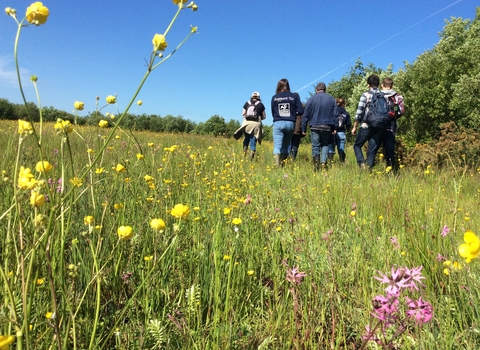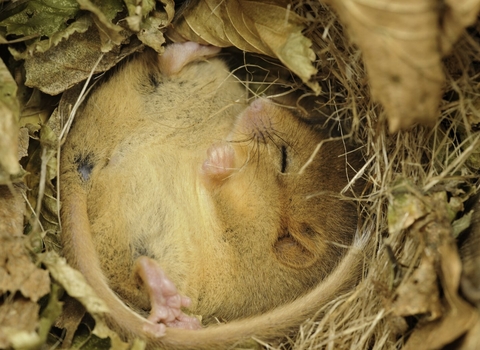
Jon Hawkins
Coed y Bwl
The reserve has been closed due to the presence of Ash Dieback in the trees, but some parts of the reserve have been temporarily reopened so that visitors can enjoy the Wild daffodil display! If you go to visit, please make sure to stick to the paths and parts of the reserve that are open.
Location
Know before you go
Dogs
When to visit
Opening times
Temporarily reopened to the public.Best time to visit
Full seasonAbout the reserve
The wood was dominated by Elm at the southern end, grading into Ash and Sycamore towards the north, with an understorey of Field Maple. Since the decline of the Elm due to Dutch Elm disease the southern end of the reserve has been clear felled, and replanted with Ash, Common Lime and Wild Cherry.
The reserve is best known as a Wild Daffodil wood, with these flowers dominating the field layer on the southern part of the wood in early spring together with Wood Anemone, whilst on the northern slopes Bluebell predominate.
The wood supports a range of woodland birds including Great Spotted Woodpecker, Nuthatch, Treecreeper, Blue Tit, Coal Tit, Marsh Tit and Great Tit, augmented in the summer months by Willow Warbler, Blackcap and Chiffchaff. Birds of prey include Buzzard, Sparrowhawk and Kestrel. Tawny Owls are also resident.
Mammals include Badger, Fox, Stoat, Hedgehog, Long-tailed Field Mouse, Bank Vole, Grey Squirrel and Mole.



